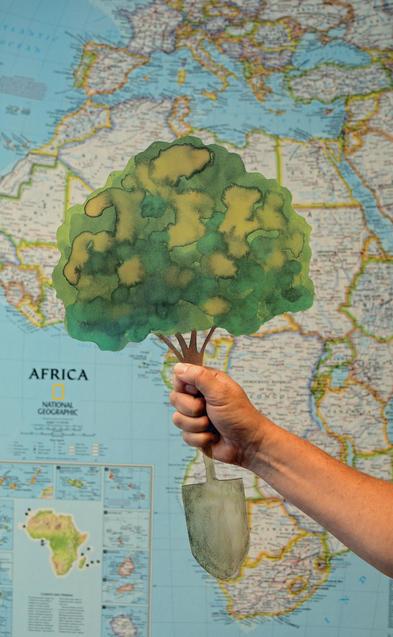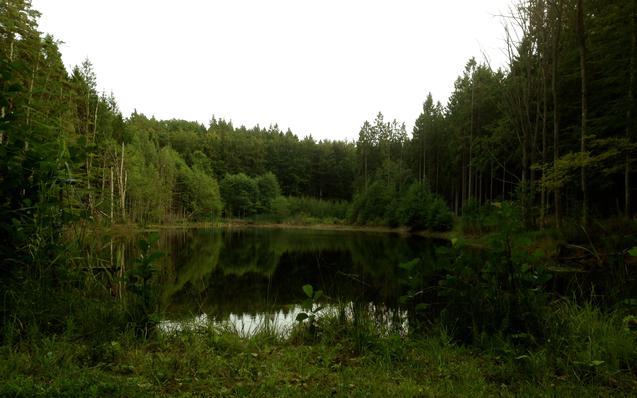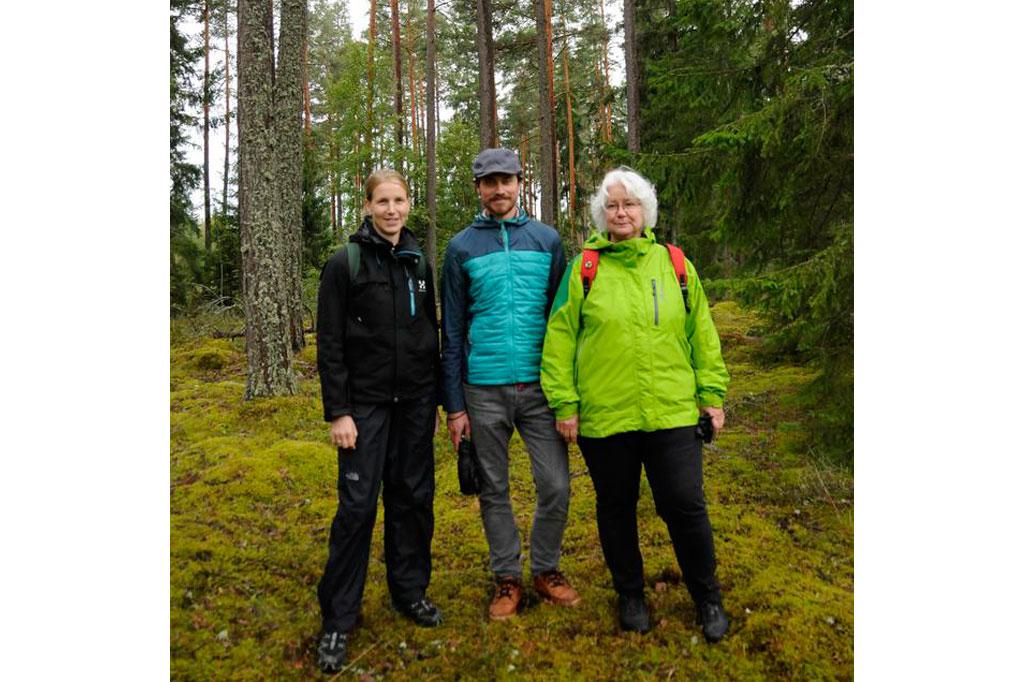STOCKHOLM—A Swedish aid organization has developed a re-usable work of art, in order to replace the flower bouqets frequently given to actors and artists after performances. But, it’s not just about “the gift of giving”; the initiative also wants to highlight the environmental and social problems associated with cut flowers.
The ‘Thank you tree’, designed by renowned Swedish artist Lasse Åberg represents a number of real trees planted in Africa, and comes with a gift certificate.
The idea of trees is to help people out of poverty, and at the same time contribute to a better environment.
“Of course, we want more trees planted in Africa,” said Ola Richardsson, communications officer at Vi Agroforestry, the Swedish aid organization behind the initiative. “The trees help to fight poverty, and the initiative also gives attention to our work.”
Cut flowers are not very environmentally friendly, since they are often transported over long distances, and must be kept fresh while in transit.
According to Swedish organization Fairtrade, cut flowers are typically grown in large greenhouses, in plantations where most of the workers are women. They are often seasonal workers without any social benefits, and the pesticides used often lead to health problems.
Since flowers are perishable, they are heavily treated to give them a longer shelf life. Huge amounts of chemicals and fertilizers are being used, leading to respiratory problems, asthma, and skin problems for the employees. Even miscarriages have been linked to these substances.
“I see many advantages with the ‘Thank you tree’,” Richardsson said. “Imported flowers have an environmental impact because of the transportation, while trees contribute to a better environment, and fight poverty in an area where millions of people are living under very difficult circumstances.”
Countries like Rwanda, Kenya, Uganda, and Tanzania have been heavily affected by deforestation. It has led to serious consequences for both the environment and the people in these areas.
Growing trees and a variety of crops together contribute to bringing dead farmland back to a natural state of fertility. This means both fruit and food on people’s table. Trees are also used as building material, thus providing a source of income.
The first institution choosing the ‘Thank you tree’ is the Royal Dramatic Theater in Stockholm, where performers will be “given” trees in Africa, instead of cut flowers, beginning in December. Other major Swedish theaters have already shown interest.
“We have only just begun to market this tree, and already several major institutions want to use it,” Richardsson said. “It’s not going to suit everybody, but we strongly believe in this idea, and we think many people will make the switch.”





